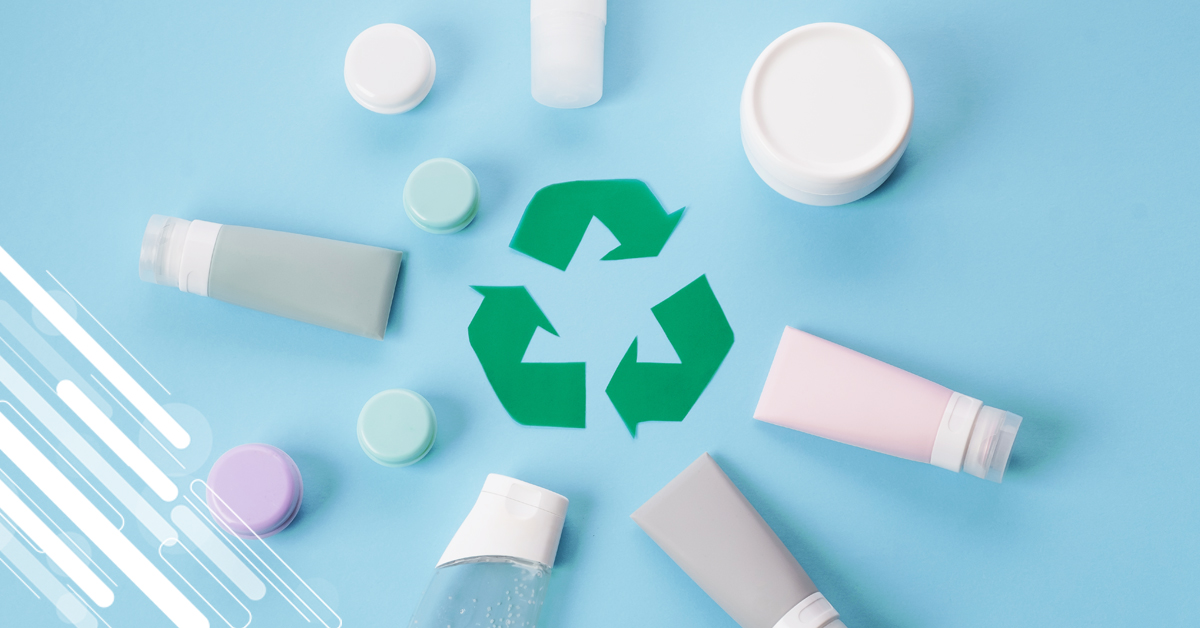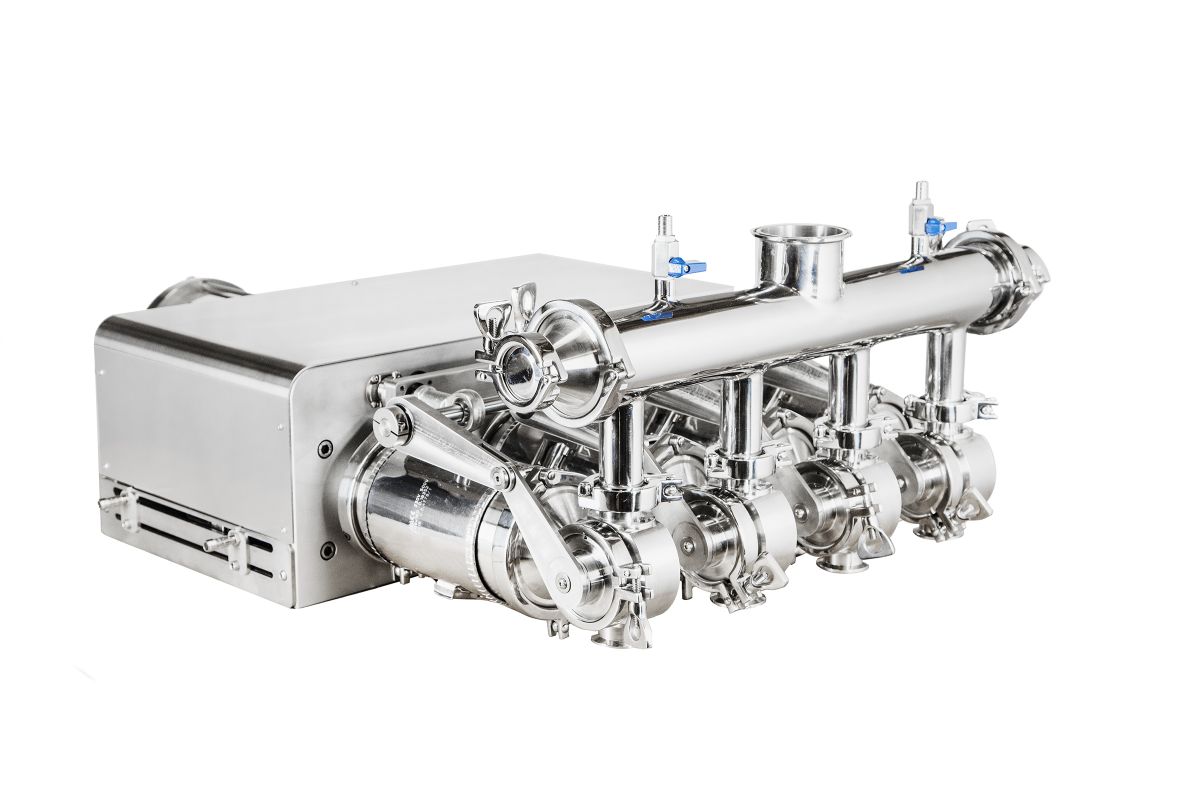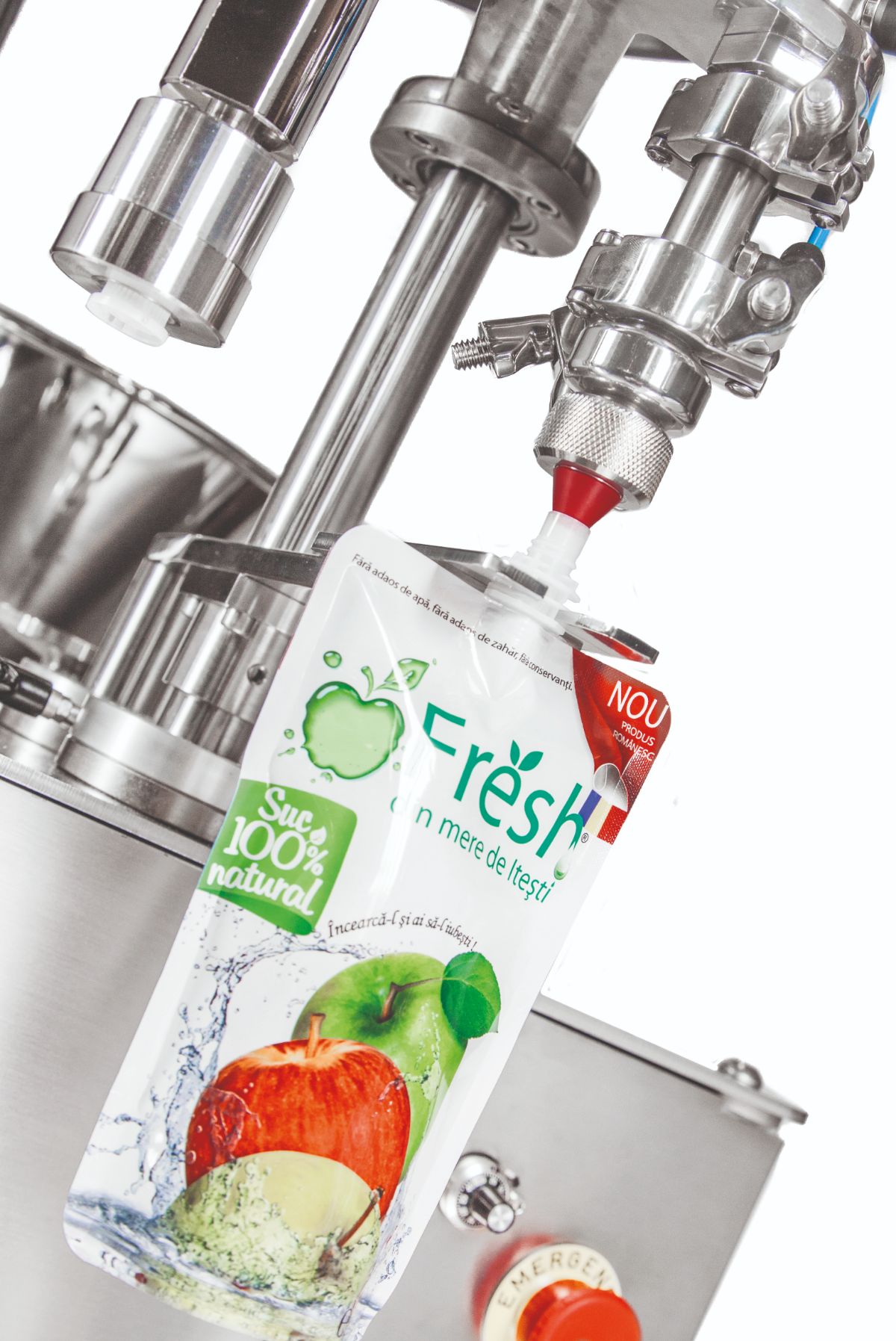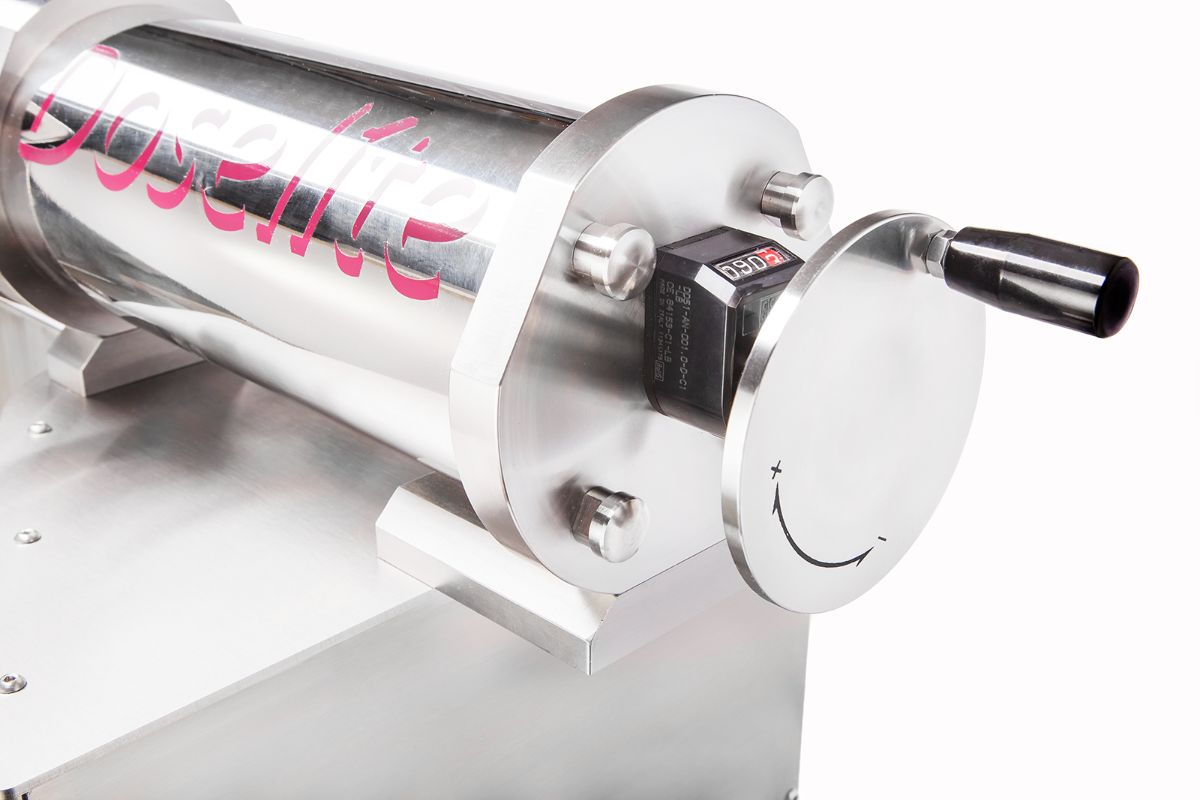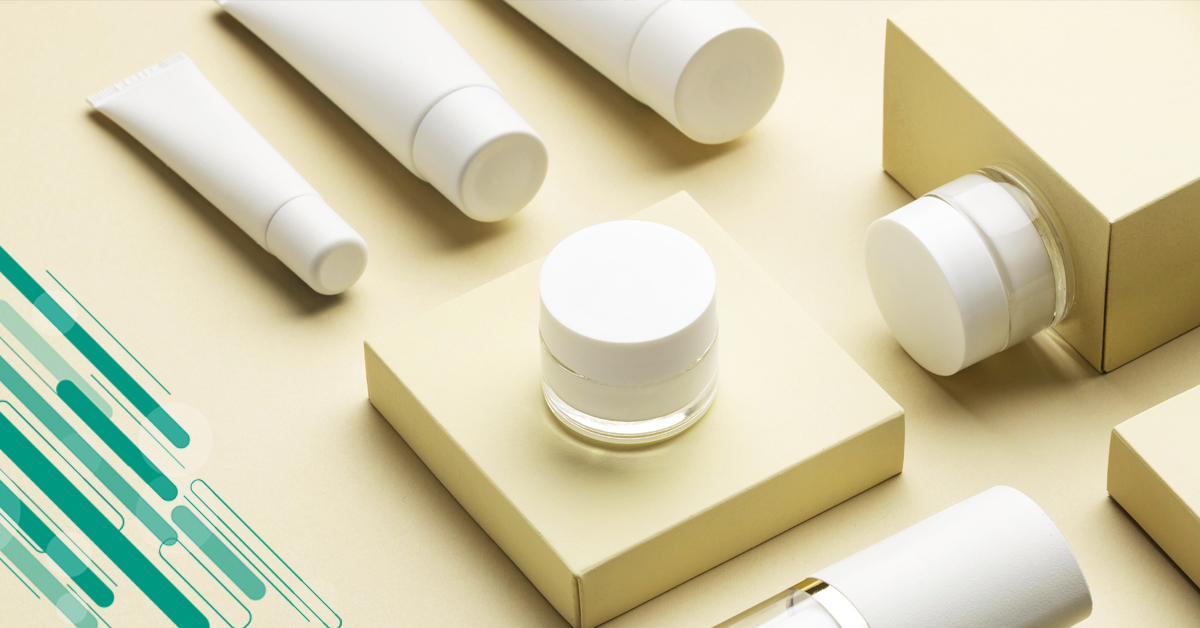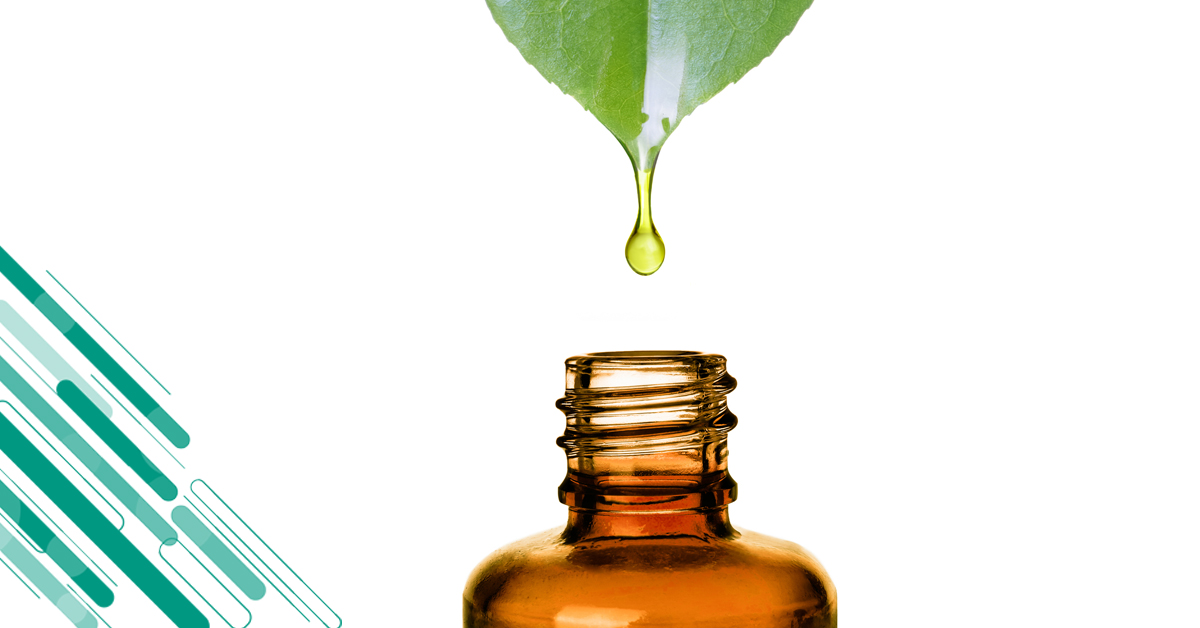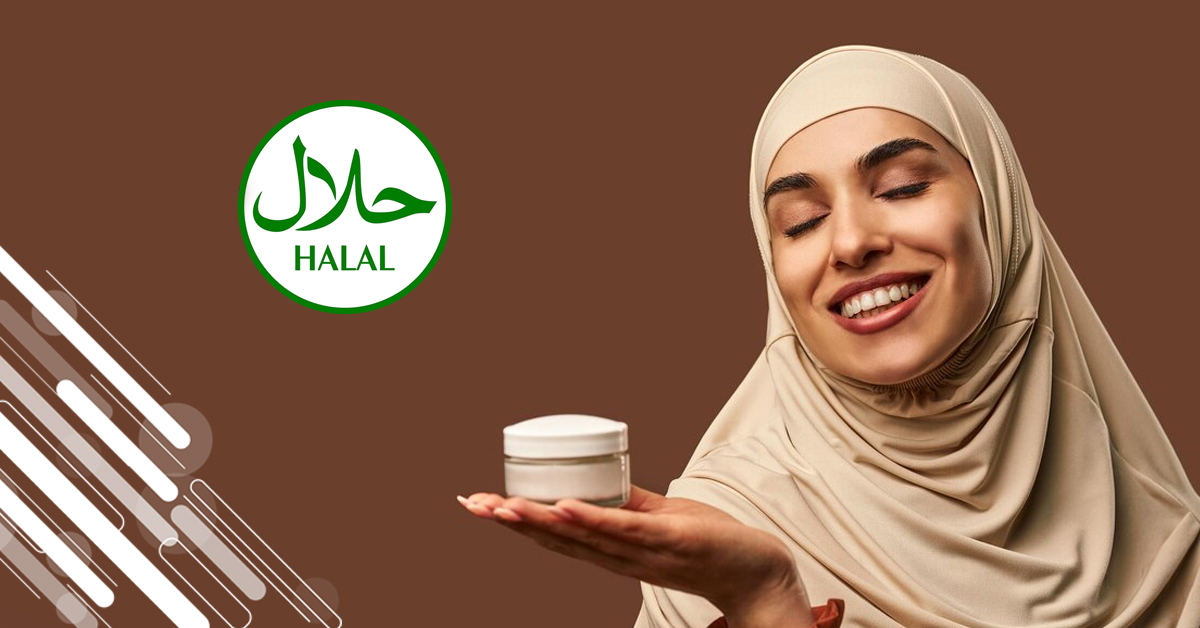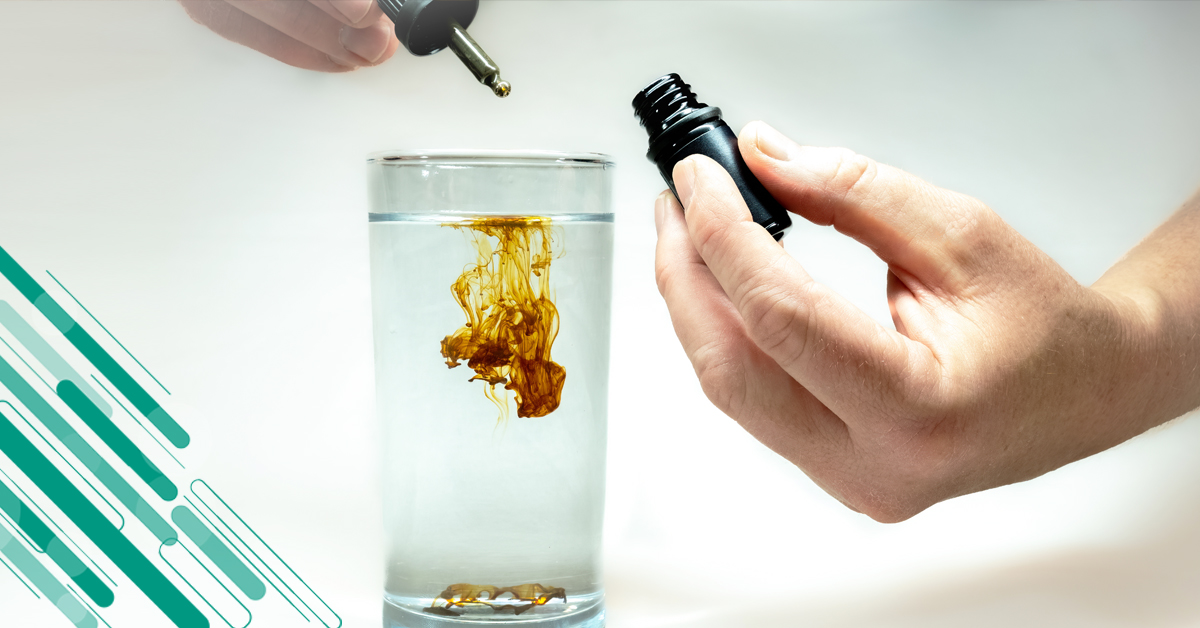Bioplastics: materials that respect nature One of the most significant changes is the growing use of bioplastics in cosmetic packaging. Bioplastics, such as PLA (polylactic acid), are derived from renewable sources like corn starch, sugar cane, or beets. These materials are biodegradable and compostable, meaning they can decompose naturally without leaving harmful residues in the environment. This makes them a more eco-friendly alternative to traditional plastics. However, it's crucial to ensure proper disposal processes, as even biodegradable materials can negatively impact the environment if not handled correctly. In the cosmetics sector, bioplastics are used to produce bottles, jars, and caps for creams and lotions, offering an eco-friendly solution without compromising on quality.
Refill and reuse: the key to circular consumption Refillable packaging is one of the most promising solutions for reducing waste and encouraging more responsible consumption. More and more cosmetic brands are embracing this approach by developing reusable containers made of glass, metal, or other durable materials. The idea behind refill is simple: consumers purchase the product once and refill it instead of discarding the packaging when it's empty. This system not only drastically reduces the amount of waste generated but also encourages a more sustainable and circular mindset. By 2025, the adoption of refill solutions is expected to become the norm in the beauty sector, allowing consumers to actively participate in reducing their environmental impact.
Recycled plastic (PCR): a second life for materials Post-consumer recycled (PCR) plastic is another crucial tool in the transition towards more sustainable packaging. Using PCR to produce bottles, tubes, and jars helps reduce the use of virgin plastic and the associated carbon emissions. The recycling culture is thus playing a key role in reducing the environmental impact of the cosmetics industry. However, it's not enough to produce recycled packaging; consumers must also be educated on properly disposing of these materials to prevent them from ending up back in the environment. The adoption of recycled plastic not only helps reduce waste but also represents a concrete step towards a circular economy model, where materials can be reused multiple times rather than being discarded after their first use.
Less is more: reducing waste and excess An increasingly widespread trend is minimalism in cosmetic packaging. Reducing the amount of materials used and simplifying packaging design helps reduce waste and lower the overall environmental impact. Many brands are already adopting "less is more" solutions by eliminating unnecessary layers of packaging and opting for simple, essential designs. This not only reduces the amount of waste generated but also promotes more conscious consumption. By 2025, we expect to see a further reduction in unnecessary packaging and a greater emphasis on using recyclable and easily separable materials.
Monomaterial: simplifying recycling The use of monomaterial packaging, made entirely from a single recyclable polymer, is gaining more and more traction. The complexity of disposing of packaging made from different materials often prevents proper recycling, and thus, the adoption of monomaterial solutions is a step forward in simplifying the process. For example, bottles made from polypropylene (PP), a highly recyclable material, can be disposed of more easily, ensuring that their environmental impact is minimized. This trend not only promotes more efficient waste management but also increases brand transparency regarding their sustainability efforts.
Refill and reuse: the key to circular consumptionRefillable packaging is one of the most promising solutions for reducing waste and encouraging more responsible consumption. More and more cosmetic brands are embracing this approach by developing reusable containers made of glass, metal, or other durable materials. The idea behind refill is simple: consumers purchase the product once and refill it instead of discarding the packaging when it's empty. This system not only drastically reduces the amount of waste generated but also encourages a more sustainable and circular mindset. By 2025, the adoption of refill solutions is expected to become the norm in the beauty sector, allowing consumers to actively participate in reducing their environmental impact.
